According to Tech Unwrapped , the 15-inch MacBook Air is the perfect combination of size and portability. It offers the display size of the higher-end MacBook Pro but at a lower price. However, Apple is said to have made a design mistake even when equipping the product with the new M2 chip. This is related to the lack of a fan - which is considered the "Achilles heel" of the MacBook Air.
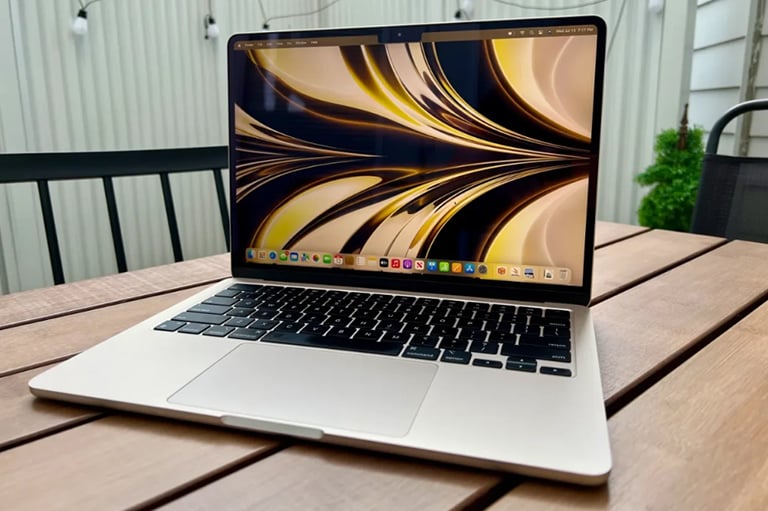
The 15-inch MacBook Air is an attractive option for those who need a large-screen MacBook at a reasonable cost.
The Apple M2 chip offers great performance, power efficiency, and low consumption. So Apple was able to completely remove the ventilation system inside the components of the new MacBook Air, leaving only passive ventilation to cool the device.
This passive mechanism allows for quiet operation and reduced dust buildup, which are both drawbacks of fan-cooled laptops. While this may seem like an advantage, it's actually not, as without the mechanism to dissipate heat, it makes it much more difficult to keep the components cool during heavy workloads. Additionally, increasing the screen size from 13 inches to 15 inches can increase temperatures when users are working with heavier applications.
Before Apple releases a product to the market, the company conducts extensive testing and validation to ensure that it meets the needs of the industry. However, when purchasing a fanless and high-priced device, you are ensuring that the device is efficient enough to handle the activities it is running without worrying about overheating, which in the worst case can reach thermal throttling levels and reduce its performance.
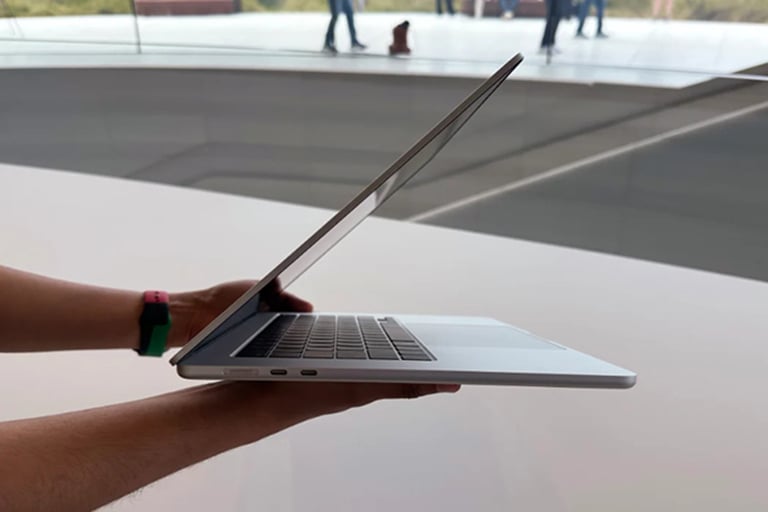
The arguably important limitation on the 15-inch MacBook Air is the cooling system.
The lack of ventilation makes the 15-inch MacBook Air unable to perform consistently over time. Of course, for mid-level tasks, the product can completely perform without worrying about heat dissipation. But when it comes to professional-level projects, the lack of heat dissipation means it can definitely reach high temperatures when operating continuously.
Passive heat dissipation aside, we'll have to see if Apple follows a similar strategy with the 13-inch MacBook Air, where the company throttled the SSD in the base 256GB version compared to the top-end 512GB version. This is entirely plausible.
The difference between the two SSD versions is not that big, and it only affects when opening files or documents. Unless you are a power user or have tried multiple devices, you will not notice much of a difference in speed between the 15-inch MacBook Air options.
Source link


![[Photo] General Secretary To Lam attends the 8th Congress of the Central Public Security Party Committee](https://vphoto.vietnam.vn/thumb/1200x675/vietnam/resource/IMAGE/2025/10/4/79fadf490f674dc483794f2d955f6045)


![[Infographic] Notable numbers after 3 months of "reorganizing the country"](https://vphoto.vietnam.vn/thumb/1200x675/vietnam/resource/IMAGE/2025/10/4/ce8bb72c722348e09e942d04f0dd9729)






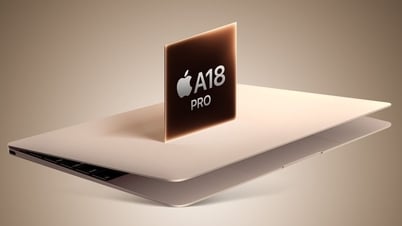

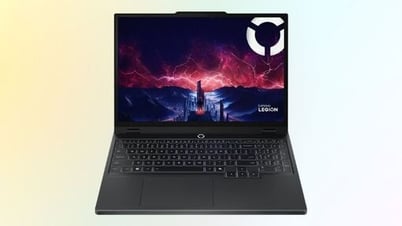






















![[Photo] Prime Minister Pham Minh Chinh chairs meeting to deploy overcoming consequences of storm No. 10](https://vphoto.vietnam.vn/thumb/1200x675/vietnam/resource/IMAGE/2025/10/3/544f420dcc844463898fcbef46247d16)
![[Photo] Students of Binh Minh Primary School enjoy the full moon festival, receiving the joys of childhood](https://vphoto.vietnam.vn/thumb/1200x675/vietnam/resource/IMAGE/2025/10/3/8cf8abef22fe4471be400a818912cb85)











































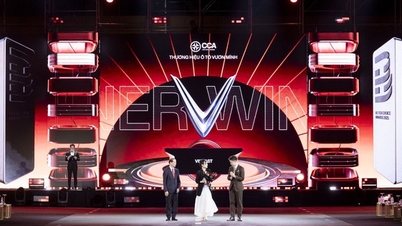



























Comment (0)